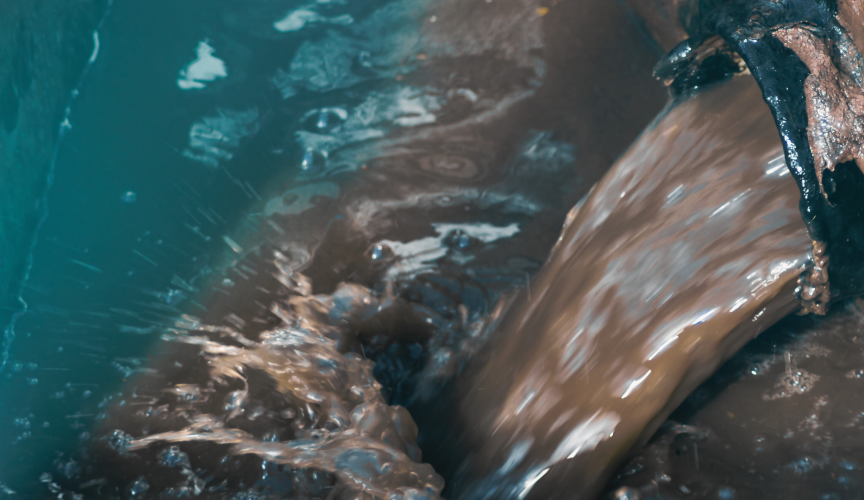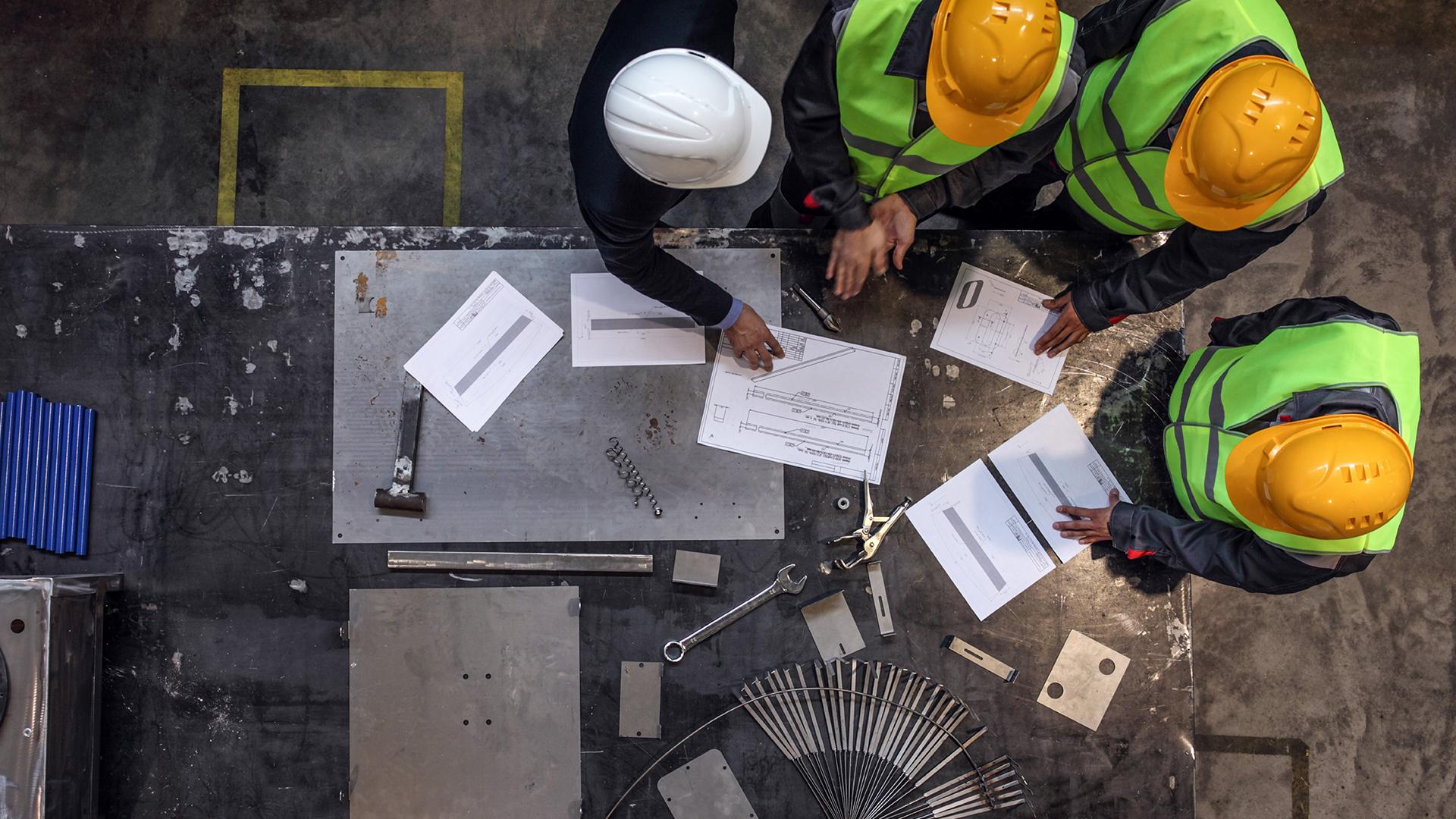
With water scarcity affecting more than 2.3 billion people globally (UNICEF, 2021) and increasing pressure on industries to improve water stewardship, processes that consume or contaminate water are under scrutiny.
In Waste-to-Energy (WtE) operations, one of the most water-intensive and environmentally challenging practices is the extraction and cooling of Incinerator Bottom Ash (IBA), which accounts for roughly 40% of the input waste mass. The conventional approach involves quenching the ash in water baths to rapidly cool it and suppress dust before transporting it to landfills or ash ponds —an approach that leads to a host of environmental risks (leachate, spillage) and ongoing costs (water treatment, maintenance) that jeopardize sustainability goals.
Dry IBA management offers a transformative approach, enabling WtE operators to reduce their environmental footprint and operating costs drastically.
The Water Challenge in IBA Management
WtE plants relying on water quenching face several interrelated problems, which make this method increasingly unsustainable:
- HIGH WATER CONSUMPTION
Wet systems use up to 1,000–2,000 litres of water per ton of IBA (European Commission, JRC Technical Reports). - LEACHATE GENERATION
Quenching water draws out heavy metals (e.g., lead, cadmium, mercury), salts (such as chlorides and sulphates), and fine particulates, resulting in hazardous leachate that requires extensive treatment before it can be safely discharged. - CORROSION AND EQUIPMENT FOULING
The thermal shock of hot ash interacting with water accelerates corrosion and fouling of processing equipment, increasing maintenance demands, operational downtime, and associated costs. - COMPLIANCE RISK
Water discharges are tightly controlled by regulations such as the EU Water Framework Directive and BREF for Waste Incineration, which recommend minimizing water use and eliminating water pollution, and the U.S. Clean Water Act and NPDES permits, which impose tighter discharge limits. Exceeding thresholds can lead to costly compliance measures, penalties, or operational limitations.
MADAM: A Paradigm Shift from Wet to Dry
Magaldi has developed a dry bottom ash management system - MADAM - that removes water from the equation. By combining mechanical extraction with air cooling in a sealed environment, the system offers multiple performance gains:
- ZERO PROCESS WATER
No freshwater required, eliminating treatment infrastructure, associated chemicals, and discharge monitoring systems; - NO LEACHATE
Eliminates risks of soil and groundwater contamination; - REDUCED ASH MASS AND VOLUME
Lower moisture content reduces ash weight by up to 40%, translating to significant savings in transport and landfill fees; - ENHANCED METAL RECOVERY
Preserving the integrity of metallic fractions improves recovery efficiency by 20–30%; - IMPROVED SAFETY & RELIABILITY
No steam explosion risks, corrosive leaks, or hazardous sludge.
Additionally, a Lifecycle Cost Analysis (LCCA) has revealed that MADAM significantly reduces capital and operational expenditures related to water treatment infrastructure, chemical procurement, equipment maintenance, and unplanned downtime—delivering a lower Total Cost of Ownership (TCO) over plant operation.
The Strategic Value of Going Dry
Consider a WtE plant processing 500,000 tons of MSW (Municipal Solid Waste) annually, producing about 100,000 tons of IBA. Switching to MADAM could:
- SAVE 80–160 MILLION LITRES OF WATER PER YEAR - enough to cover the daily drinking needs of over 1 million people (WHO estimate: 50–100 L/person/day).
- REDUCE LANDFILL VOLUME BY 30,000–40,000 TONS ANNUALLY.
- AVOID 15,000–25,000 TONS OF CO₂ EMISSIONS ANNUALLY through enhanced resource recovery and reduced logistics.
While these benefits apply globally, they become mission-critical in water-stressed regions, such as countries in the Middle East and North Africa (MENA), or anywhere water is scarce, expensive, or politically sensitive. In these areas, the high cost of desalination and rising water tariffs make wet ash quenching a questionable practice both economically and environmentally.
The case is even stronger for island communities or cities bordering arid zones, where land and water are both limited. Here, MADAM allows WtE facilities to operate without draining precious freshwater resources, aligning energy recovery with long-term resilience and resource security.
Conclusion
Dry IBA management is a strategic imperative. As freshwater becomes more valuable and environmental regulations more demanding, WtE operators must adopt solutions that preserve water, reduce risk, and improve performance.
Magaldi’s MADAM system provides a future-proof solution for WtE plants looking to do more with less, especially when every drop of water matters.

